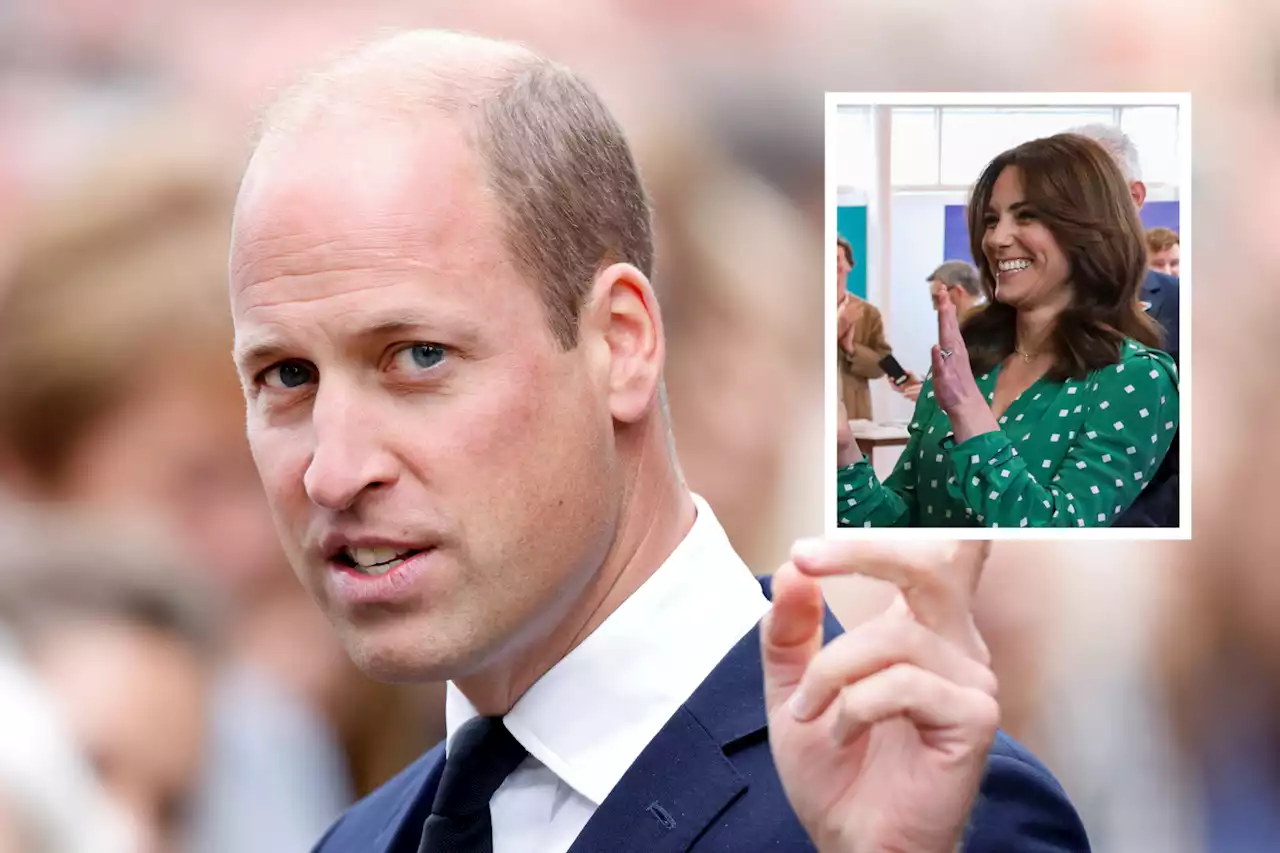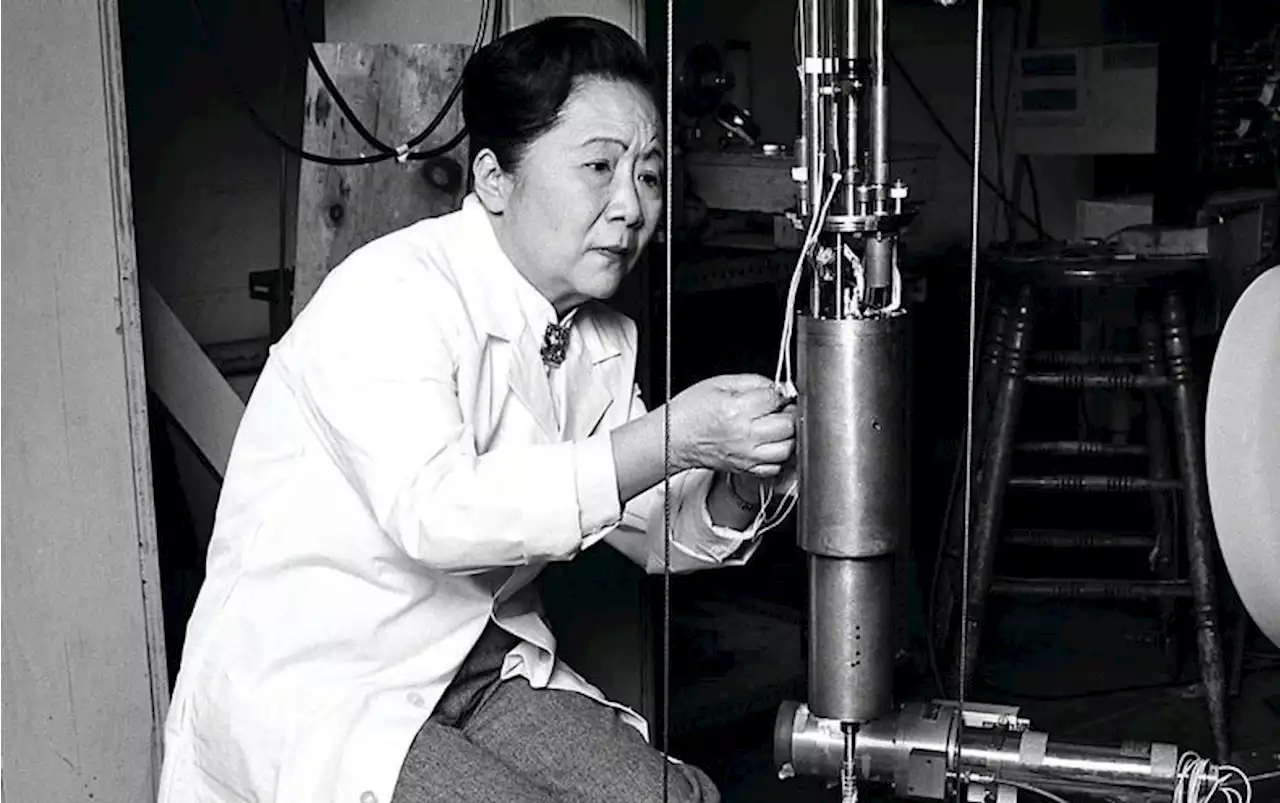In 1949 physicist Chien-Shiung Wu devised an experiment that documented evidence of entanglement. Her findings have been hidden in plain sight for more than 70 years. WomensHistoryMonth
In November 1949 Chien-Shiung Wu and her graduate student, Irving Shaknov, descended to a laboratory below Columbia University's Pupin Hall. They needed antimatter for a new experiment, so they made their own, using a machine called a cyclotron. The machine's multiton magnet was so gigantic that, according to university folklore, a decade earlier administrators had to blast a hole in an exterior wall and recruit the football team to maneuver the block of iron into the building.
Ultimately they captured significantly more data than their predecessors, and what they saw was astonishing. Their evidence suggested that pairs of photons from particle collisions remained polarized at right angles to each other—consistently—as if somehow connected, even at a distance. Their experiment had proved Wheeler's pair theory, and Wu and Shaknov published their findings on New Year's Day in 1950 in a one-page letter to the Physical Review.
At the University of California, Berkeley, Wu became a star student. Her dissertation research on the fission products of uranium was so sophisticated and sensitive that it was turned over to the military and embargoed until the end of World War II. Yet Wu had trouble finding a job after graduation. For two years she depended on mentors for research appointments. At the time, none of the top 20 research universities in the country had a woman on the physics faculty.
To grasp entanglement's full strangeness, it helps to understand that when quantum physicists first set out to quantify the position and motion of subatomic particles, the tiny objects could not be pinned down. Sometimes particles seemed localized and distinct. At other times, the particles showed a broad and wavelike behavior, with influence spreading out over large regions of physical space relative to their natural size.
That experiment, says Indianara Silva, a professor of physical sciences and history at the State University of Feira de Santana in Brazil, was the 1949 Wu-Shaknov experiment. Interestingly, the Wu-Shaknov letter to Physical Review in 1950 talks about Wheeler's pair theory, but it is silent about entanglement. In 2012 physicist F. J. Duarte called Wheeler's pair theory “the essence of entanglement.” Other physicists, and historians like Silva, clearly spotted the connection, too. So why did Wu not mention quantum entanglement in her 1950 letter?
By the time Bohm's paper on hidden variables emerged, much had changed in Wu's life. She had married and moved to the East Coast. She had broken a glass ceiling at Princeton, had a child and had become a U.S. citizen. She was on the faculty of Columbia University, though still not a full professor. To run the experiment she had in mind, Wu needed to reduce the temperature of radioactive cobalt 60 nuclei until the particles almost stopped moving. She wanted to study whether the daughter particles of nuclear decay shot out in a symmetrical pattern—as all of mainstream physics believed they would—or if the radioactive patterns showed a preference for “right-handed” or “left-handed” behavior. She enlisted cooperation from the National Bureau of Standards in Washington, D.C.
United States Latest News, United States Headlines
Similar News:You can also read news stories similar to this one that we have collected from other news sources.
![]() Watch a 1949 Video About the Timeless Topic of Photo CompositionA lot has changed in photography in the last 74 years, but this old-school instructional video from 1949 still offers compositional tips that stand the test of time.
Watch a 1949 Video About the Timeless Topic of Photo CompositionA lot has changed in photography in the last 74 years, but this old-school instructional video from 1949 still offers compositional tips that stand the test of time.
Read more »
 Mobile man accused in apparent road rage incidentPolice arrested a Mobile man after an apparent road rage incident Thursday morning at Riviere Du Chien near McKinnon Industrial Park.
Mobile man accused in apparent road rage incidentPolice arrested a Mobile man after an apparent road rage incident Thursday morning at Riviere Du Chien near McKinnon Industrial Park.
Read more »
 Subaru Solterra 2023 premier essai | Essais routiers | Auto123Auto123 réalise un premier essai routier du Subaru Solterra 2023, un nouveau chien dont le fabricant veut montrer qu'il a appris de vieux trucs.
Subaru Solterra 2023 premier essai | Essais routiers | Auto123Auto123 réalise un premier essai routier du Subaru Solterra 2023, un nouveau chien dont le fabricant veut montrer qu'il a appris de vieux trucs.
Read more »
 HAF Work-in-Progress Film ‘Salli’ From Taiwan and France Explores the World of Online RomanceTaiwan-France film “Salli” marks the feature debut of Taipei-based filmmaker Lien Chien-Hung after several acclaimed shorts and a TV movie. “Salli,” which won the grand priz…
HAF Work-in-Progress Film ‘Salli’ From Taiwan and France Explores the World of Online RomanceTaiwan-France film “Salli” marks the feature debut of Taipei-based filmmaker Lien Chien-Hung after several acclaimed shorts and a TV movie. “Salli,” which won the grand priz…
Read more »
 Prince William's 'hidden talent' impresses Kate Middleton in viral clipWilliam surprised onlookers during a royal visit to Ireland in 2020 by displaying a little-known skill to the delight of spectator Kate.
Prince William's 'hidden talent' impresses Kate Middleton in viral clipWilliam surprised onlookers during a royal visit to Ireland in 2020 by displaying a little-known skill to the delight of spectator Kate.
Read more »
 Walmart Helped Put Northwest Arkansas on the Map. Now Everybody Wants a Piece of It.The once little-known region got a boost from the giant retailer and corporations like Tyson Foods and J.B. Hunt, but now workers from all over the country are flocking there.
Walmart Helped Put Northwest Arkansas on the Map. Now Everybody Wants a Piece of It.The once little-known region got a boost from the giant retailer and corporations like Tyson Foods and J.B. Hunt, but now workers from all over the country are flocking there.
Read more »
